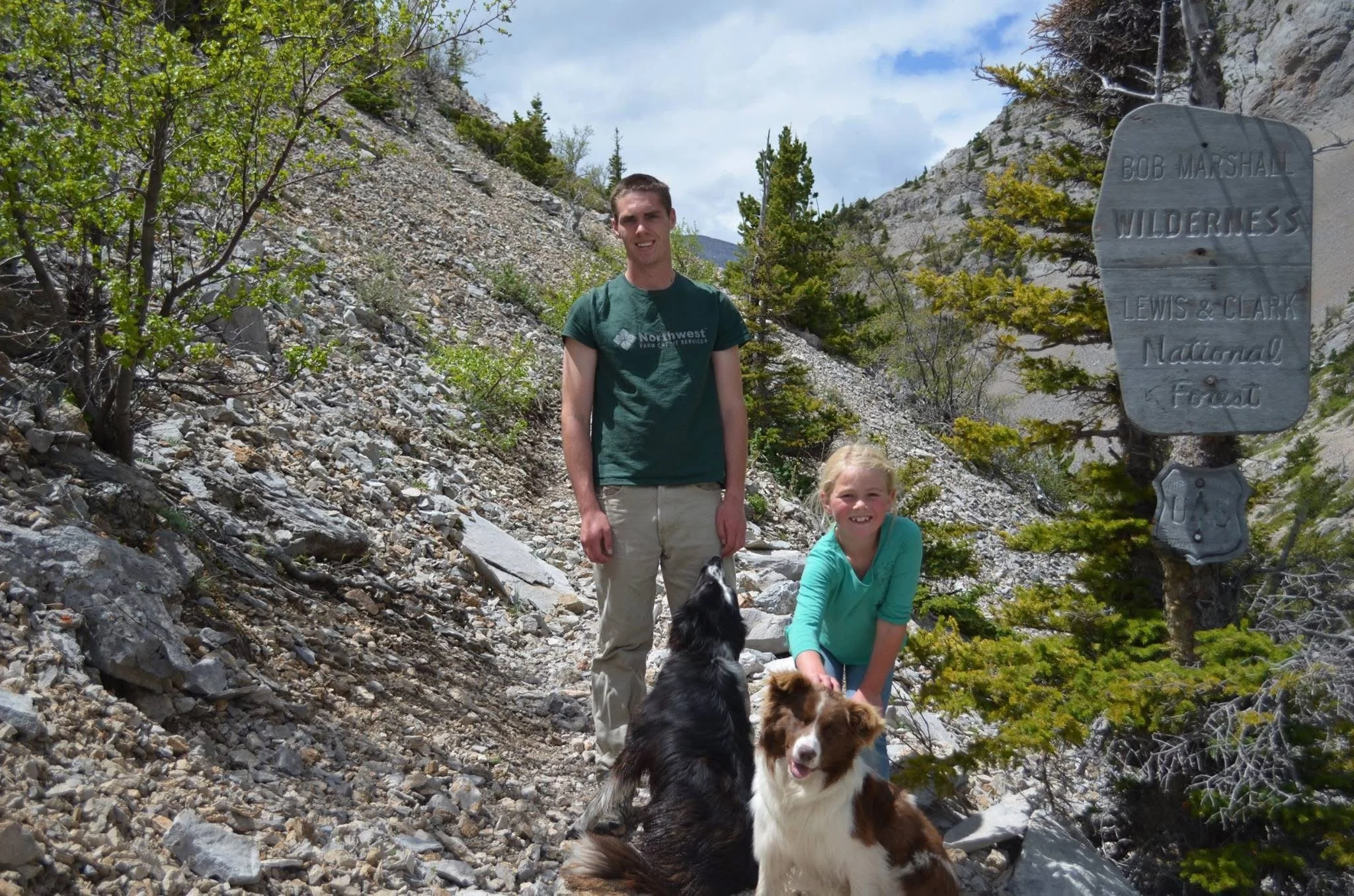Looking Like 50
A local adage states that Montana women look 50 when they are 40 and they look 50 when they are 60.
Etched cheeks share stories of well-lived lives in warm sunshine and exhausting wind, early sunrises and late sunsets, desperate tears and joyful grins.
Maybe that’s true – no matter their chronological age, I think of my friends as 50 years old.
For myself, I don’t know how old I look: I don’t look in the mirror.
I know how old I feel, though, as I pass yet another anniversary of my birth.
I know I have passed some stages of life yet have more to come.
The stereotypes of life stages have some merit.
American society deems women in their 20s should have 2.5 children.
I was too busy riding colts, roping steers and chopping ice on Utah’s West Desert to waddle through nine months of pregnancy.
By the time my son came along, an acquaintance asked if this infant were my grandson.
Their math was correct.
He could have been my grandson.
Our 40s give us time to reflect and panic.
I watched both of my 40-or-so parents charge headlong through mid-life crises.
They divorced, like so many couples do.
I’m not sure whether that divorce came because of the times, having unconventional kids or finally admitting they weren’t compatible.
Evidence for all three theories exists.
Back then, women were finally allowed to have a credit card without their husband’s signature.
Suddenly, survival tools included options besides dulling their senses with alcohol or prescription antidepressants.
My dad permed his hair and bought a fast car.
My mom bought an inflatable kayak and floated river rapids with other women.
About the time I was old enough for a mid-life crisis, I bought a ranch.
I don’t know whether the ranch became my midlife crisis or detoured it.
When Americans pull themselves out of their mid-life crises, typically they reach the peak of their earning power.
I saw my high school classmates buy bigger houses, travel to foreign countries, and wear expensive natural fibers.
They earned awards for community service and talked about the stock market.
I wear expensive natural fibers, too – mostly wool socks and long johns in the winter so I don’t get frostbite while I feed my cows. On really cold days, I double-layer with silk under my wool for added warmth and luxury.
While my classmates worry about the stock market, I attempt to outwit continuous drought.
As weather patterns grow more extreme with every season, I attempt to mitigate those extremes with a buffer of soil organic matter on my land.
When I talk about rotational grazing, vermicast, boron and feeding hay on bare spots in a pasture, my former classmates roll their eyes, yawn and search for a relatively polite exit strategy.
I can’t blame them.
I do the same thing when they discuss how artificial intelligence might impact Microsoft’s stock price.
A person’s 60s seem to bring yet another stage of life.
I’ve noticed a trend in 60-somethings: They are ready to work less and play more.
Climbing the ladder of success isn’t as important as traveling, visiting grandkids and volunteering.
Apparently, I haven’t reached this life stage yet.
I have too much to do.
My cattle, sheep and land need my creative solutions to evolving problems.
My 100-year-old remodeled building needs more improvement.
My food manufacturing plant project has yet to launch.
No grandkids are in the oven.
However, my mom and I plan to float the rapids of the Flathead River this summer.
Maybe I’ve finally reached my mid-life crisis.
I won’t look in the mirror to confirm it, but I’m pretty sure I look like I’m 50.
